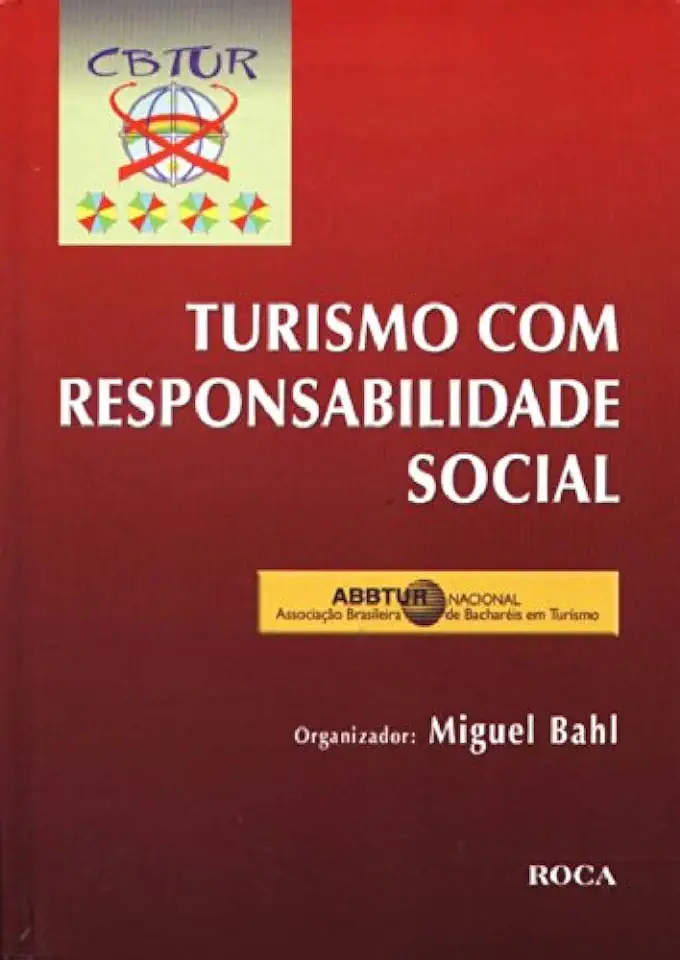
Tourism with Social Responsibility - Miguel Bahl
Tourism with Social Responsibility: A Guide to Sustainable Tourism Development
By Miguel Bahl
Introduction
In today's world, tourism is a major economic driver, but it can also have negative impacts on local communities and the environment. Tourism with Social Responsibility (TSR) is a concept that seeks to minimize these negative impacts and maximize the positive benefits of tourism.
This book provides a comprehensive guide to TSR, covering everything from the principles of TSR to practical strategies for implementing it. It is essential reading for anyone involved in the tourism industry, from policymakers to tour operators to travelers.
Key Concepts of TSR
TSR is based on the following key concepts:
- Sustainability: TSR seeks to ensure that tourism does not damage the environment or local communities.
- Equity: TSR seeks to ensure that the benefits of tourism are shared equitably among all stakeholders, including local communities, businesses, and governments.
- Participation: TSR seeks to involve local communities in the planning and development of tourism.
- Transparency: TSR seeks to ensure that all stakeholders are aware of the impacts of tourism and have a say in how it is managed.
Benefits of TSR
TSR can have a number of benefits for local communities, businesses, and governments, including:
- Economic benefits: TSR can create jobs, boost economic growth, and improve infrastructure.
- Social benefits: TSR can improve the quality of life for local communities, reduce poverty, and promote cultural understanding.
- Environmental benefits: TSR can protect the environment, reduce pollution, and conserve natural resources.
Challenges of TSR
There are a number of challenges to implementing TSR, including:
- Lack of awareness: Many stakeholders are not aware of the concept of TSR or its benefits.
- Lack of resources: Local communities and businesses may not have the resources to implement TSR practices.
- Resistance to change: Some stakeholders may be resistant to change, especially if it means changing the way they have always done things.
Overcoming the Challenges of TSR
Despite the challenges, there are a number of ways to overcome them and implement TSR. These include:
- Education and awareness: Raising awareness of the concept of TSR and its benefits is essential to getting stakeholders on board.
- Capacity building: Providing local communities and businesses with the resources they need to implement TSR practices is essential to ensuring its success.
- Collaboration: Working together with all stakeholders is essential to developing and implementing effective TSR strategies.
Conclusion
TSR is a powerful tool that can be used to create a more sustainable and equitable tourism industry. By following the principles and strategies outlined in this book, you can help to make TSR a reality.
Call to Action
If you are interested in learning more about TSR or getting involved in the movement, there are a number of resources available to you. Here are a few to get you started:
- The Global Sustainable Tourism Council (GSTC) is a leading organization that promotes sustainable tourism practices.
- The United Nations World Tourism Organization (UNWTO) is a global agency that promotes sustainable tourism development.
- The International Ecotourism Society (IES) is a non-profit organization that promotes ecotourism, a form of tourism that focuses on protecting the environment and benefiting local communities.
Get involved in the TSR movement today and help to create a more sustainable and equitable tourism industry!
Enjoyed the summary? Discover all the details and take your reading to the next level — [click here to view the book on Amazon!]